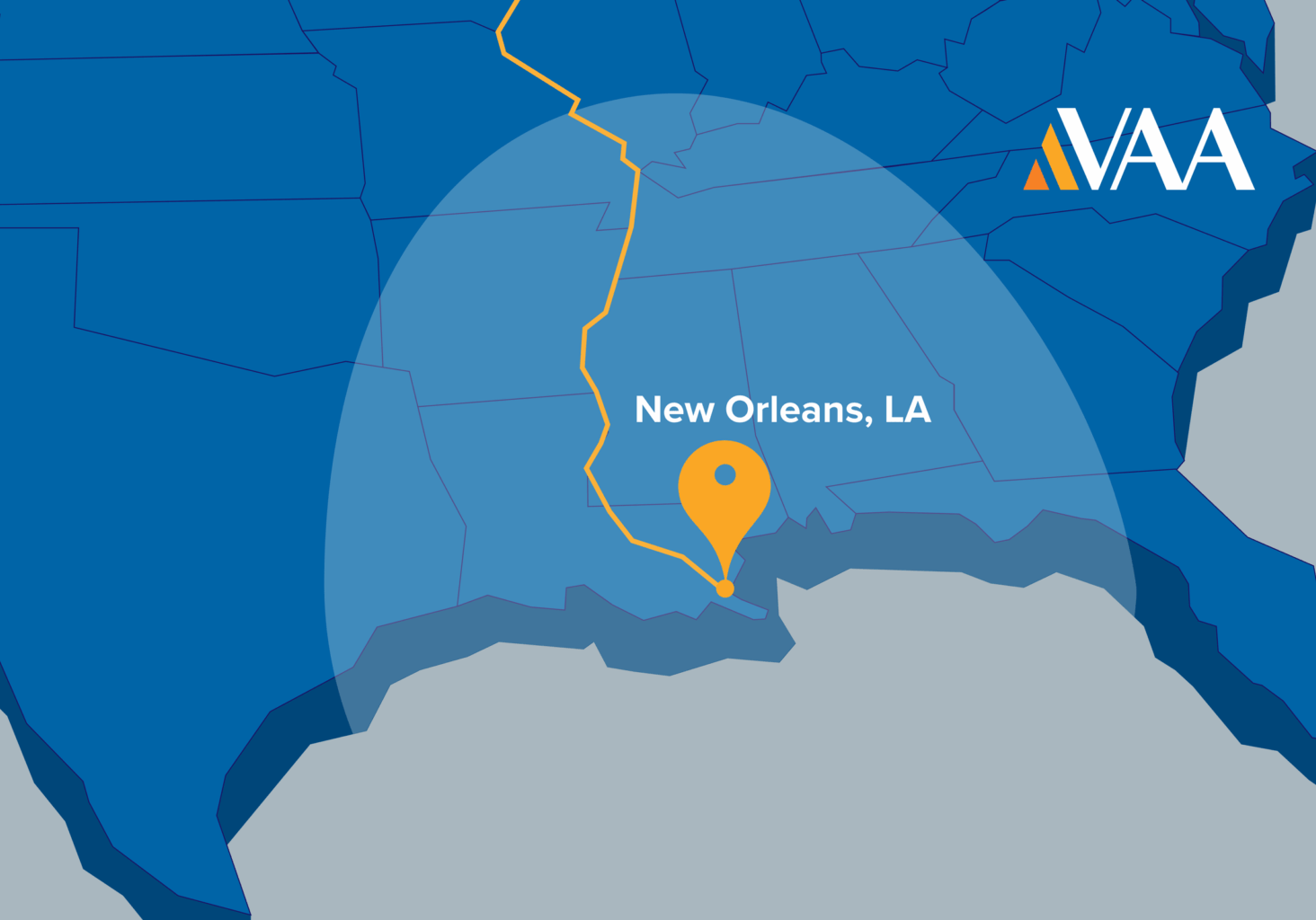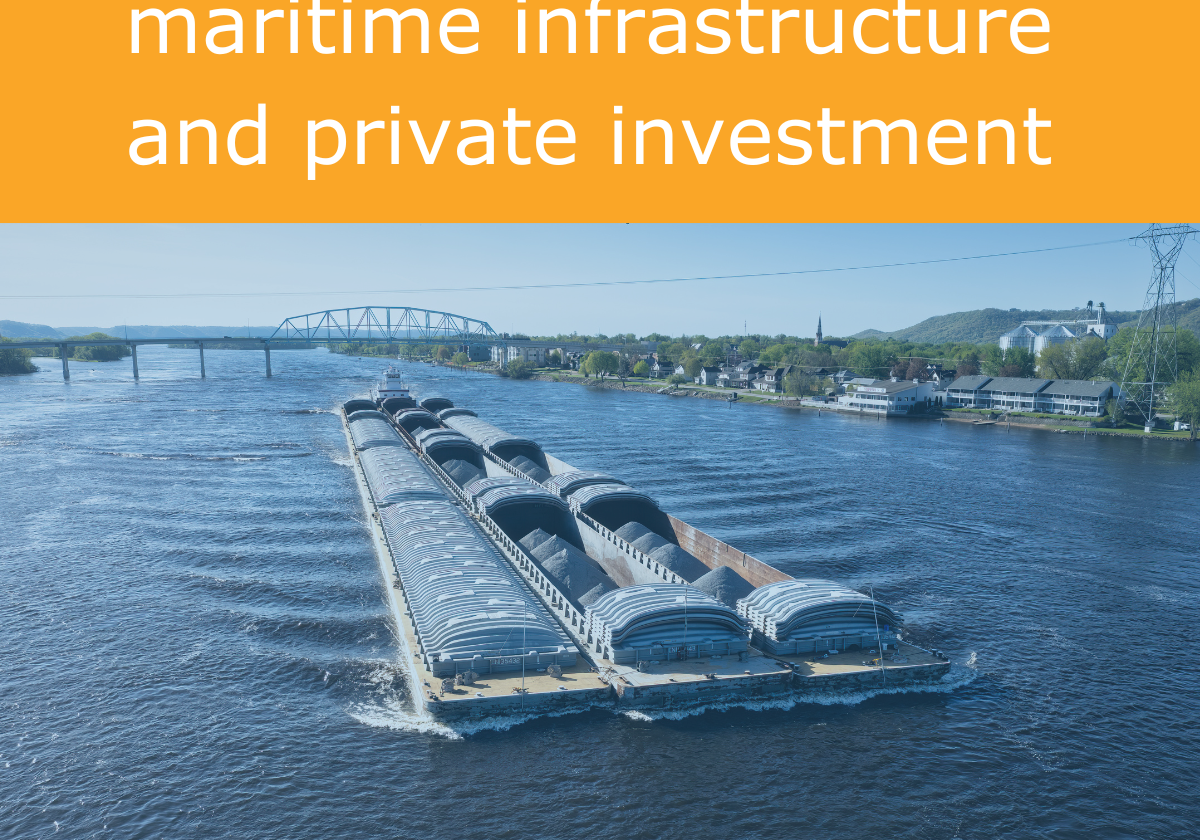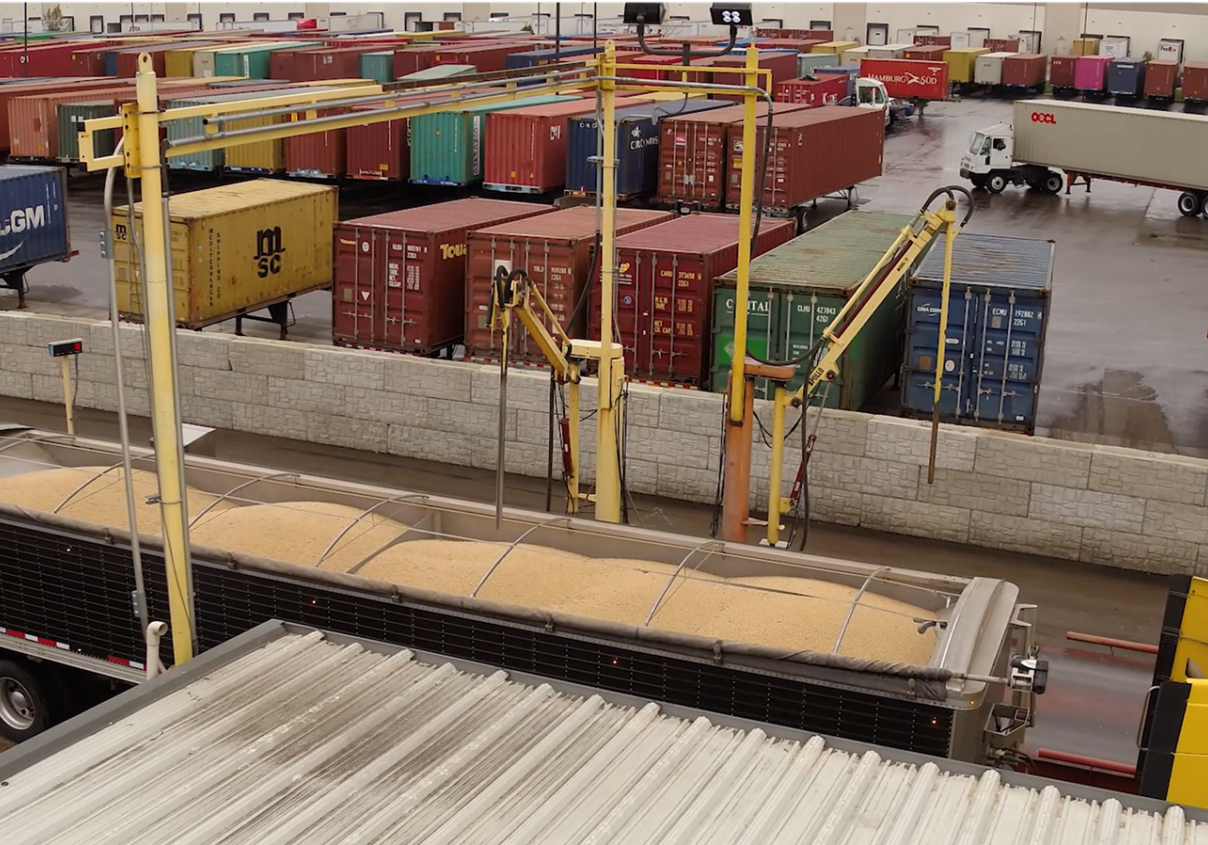VAA News | March 28, 2019
Let it Snow! Let it Snow! What about the Loads?
DESIGNING BUILDINGS FOR SNOW LOADS
Looking out a window after a heavy snowfall, it’s easy to find beauty in a freshly covered landscape – frosted trees in a peaceful blanket of white. Driving across the plains of Minnesota after a snowfall, it’s easy to see the power of nature partially burying fences and roadways as new snow swirls to threatening depths.
As we watch the nightly weather forecast, predicting and pinpointing the intensity and amount of snow can be a challenge. Wind transforms existing and falling snow into massive drifts as it blows, swirls and repositions snow on and around roofs and buildings. This repositioning can result in existing snow landing on the ground or lower roofs, canopies, adjacent buildings and even vehicles parked next to the building such as a semi-trailer backed into a warehouse dock door
Whether snow is angelic or angry, does drifting represent a threat to the buildings and structures you own, occupy and operate? Are codes and engineers “too conservative” in situations where the chance of structural failure seems low? It may not be an everyday occurrence, but when Jack Frost throws a fastball, it is crucial to know your facility or building can withstand the elements.
KEEPING UP WITH CODE
Structural engineers rely on building codes to provide criteria for their design. Codes tell us how much snow and snowdrift weight a building needs to support. They also offer methods for determining snow loading applied to specific roof configurations. In the United States, ASCE 7: Minimum Design Loads for Buildings and Other Structures is the national code that provides load requirements for general structural design, including snow loads. For our neighbors to the north, The National Building Code of Canada sets the loading requirements for designing structures.
Historical data documenting snow load totals, snowfall intensity, moisture content, wind speed and wind direction are the basis for ASCE 7. In mountainous areas and near major lakes and oceans, detailed local maps may be available to highlight county-by-county variations in potential snowfall amounts. Building codes, with their primary focus on public safety, will continue to evolve as more and better data is available and as climatic conditions change.
ROOF SLOPES AND WIND WOES
Building dimensions are significant because the length, or fetch, of a roof is the primary source of the snow that accumulates into windward and leeward drifts on buildings with multiple roof levels or parapets. Windward drifts occur when wind blows snow up against the higher portion of a building creating snowdrifts on the lower (windward) roof. Leeward drifts occur as snow blown from the higher roof deposits on the lower (leeward) roof. In addition, snowdrifts can form around roof obstructions such as penthouses, large mechanical units, solar arrays and rooftop gardens (green roofs). A proper structural design must account for all of these conditions.
What about sloping roofs? Can we slope a roof so we don’t need to design for snow loads? Roof slopes can impact snow load design, but usually don’t reduce the design load on the sloped roof very much. More often, sloped roofs add to the snow accumulation on an underlying roof or sliding snow from a sloped roof can cause damage to adjacent structures
NOT ALL SNOW IS CREATED EQUAL
The closer the ambient temperature is to freezing during a snowstorm, the higher the moisture content – and weight – of the snow. Very heavy snows can exceed the code mandated loads and cause serious damage or partial collapse of roofs. Abundant examples can be found in the northeast and east central states. Partial thawing of snow followed by rain or additional snow can significantly increase the applied loading as well.
Examples of extraordinary snowfalls that caused roofs to collapse
- December 2010: Heavy snow and high winds ripped and deflated the Teflon roof of the Hubert H. Humphrey Metrodome in Minneapolis, MN.
- January 2017: The roof of a conference center in Breckenridge, CO collapsed. The city had received 49 inches of snow the week prior to the collapse.
- December 2018: The roof of a building in High Point, NC collapsed following a heavy snowfall.
- February 2019: The roof of an online auction building in Oronoco, MN collapsed. The month was the fourth snowiest in Minnesota in 135 years.
OVER-DESIGNING BUILDINGS FOR MOTHER NATURE?
Engineers are often challenged or questioned about “over-designing” buildings. Truthfully, many buildings will never experience the loads they are designed for, however, when record snow falls occur and when huge, heavy drifts form, a proper design may be the only thing standing between you and a major business disruption.
About the Author
Keith Jacobson has been President of VAA since 2003 supporting the firm’s nationwide engineering and design services. For over 25 years he has provided structural design for commerical sites, Government buildings, and processing facilities. Throughout his career working with owners and design-build contractors he has focused on optimizing building systems for new cast-in-place, post-tensioned concrete, and precast concrete projects to renovations and repairs of distressed structures. Beyond his technical experience, Keith is on the ACEC/MN Board of Directors, and is a member of ACI 362 – Parking Structure, ACI 350 – Environmental Engineering Structures and the Minnesota Concrete Council.
Share with a Friend
Let's connect.
Whether you need a new or expanded facility, a process designed or debottlenecked, life safety or structural analysis… VAA can help you grow.



![[TEMPLATE] Top Workplaces Awards (1) [TEMPLATE] Top Workplaces Awards (1)](https://vaaeng.com/wp-content/uploads/bb-plugin/cache/TEMPLATE-Top-Workplaces-Awards-1-landscape-4178622959a03a1338068bf56f8f5d6e-.png)


